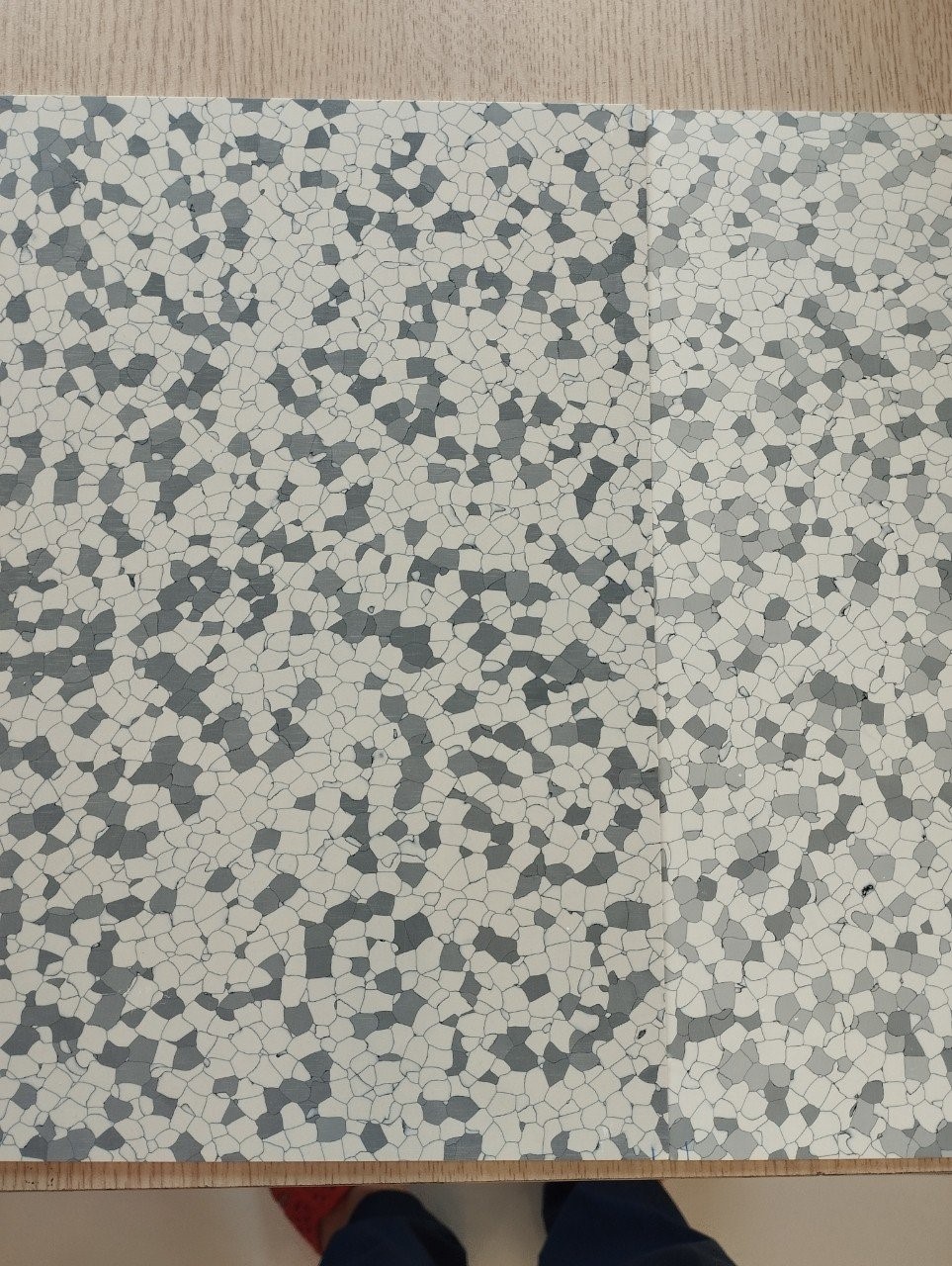DA NANG: 126 Dien Bien Phu, Thanh Khe, Da Nang
HO CHI MINH: 140 Vo Van Kiet, District 1, Ho Chi Minh
ESD Vinyl Flooring is a durable, static-control flooring solution designed to safely dissipate electrostatic charges, protecting sensitive electronics and equipment in cleanrooms, labs, and industrial environments.

Reviews
There are no reviews yet.